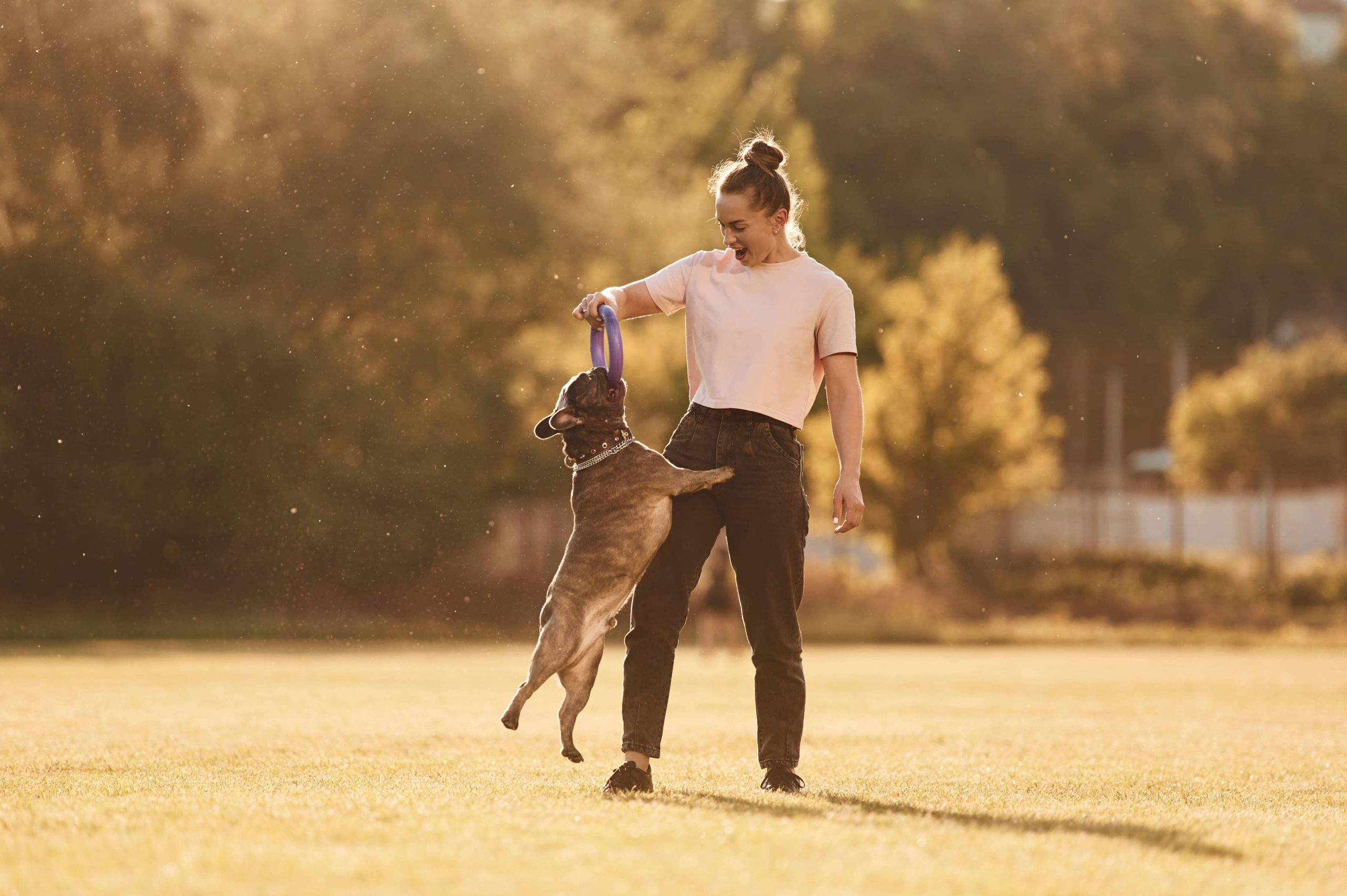
Rescuing a pet is one of the most rewarding acts one can do. When you bring a rescue pet into your home, you’re giving a deserving animal a second chance at life and love. However, rescue pets often come with unique challenges due to their past experiences. They may have faced neglect, trauma, or simply be unaccustomed to a stable home environment. Therefore, training is essential for helping them adjust to their new surroundings and for ensuring their long-term happiness and well-being.
So, what are the most effective training methods for rescue pets? Here’s a comprehensive guide to helping your new furry friend settle in and thrive.
1. Building Trust and Creating a Safe Environment
Before delving into specific training techniques, it’s crucial to build a foundation of trust. Rescue pets might be understandably wary of humans or new environments. Start by creating a safe, calm, and predictable setting. Consistency is key. Provide a designated space for your pet where they can retreat and feel secure. A cozy bed, water, and some of their favorite toys can make a big difference.
Spend time near your pet without imposing yourself on them. Let them come to you on their terms, and reward them with treats when they do. This will help establish that you are a source of comfort and positivity.
2. Positive Reinforcement Training
Positive reinforcement is one of the most effective methods for training any pet, especially rescue animals. This method involves rewarding desired behaviors to encourage their recurrence. Rewards can be treats, praise, or playtime, depending on what motivates your pet the most.
Start with basic commands such as “sit,” “stay,” “come,” and “leave it.” Use a consistent, gentle tone and accompany your command with a hand signal. When your pet successfully responds to the command, immediately reward them. Over time, they will associate the command with positive outcomes and become more likely to comply.
Avoid punishment-based training methods, as they can exacerbate anxiety and fear, making the training process longer and more difficult. Remember, rescue pets may already have a history of negative experiences, and using punishment can further damage their trust in humans.
3. Socialization
Socialization is crucial for rescue pets, especially dogs. Lack of exposure to different environments, people, and other animals can lead to fear and anxiety. Gradually introduce your pet to new experiences, but always at their pace.
Start with quiet, controlled environments and slowly increase the level of activity as your pet becomes more comfortable. Positive reinforcement is key here, too. Praise and reward your pet for calm behavior during these new experiences. Controlled exposure to new experiences will help build your pet’s confidence and reduce anxiety over time.
4. Crate Training
Crate training can be especially beneficial for rescue dogs. A crate can provide a safe haven for them, mimicking a den-like environment. It can also be a helpful tool for housebreaking and managing your pet when you’re not able to supervise them directly.
Introduce the crate slowly. Place treats and toys inside to entice your pet and allow them to explore it on their own. Never force your pet into the crate or use it as a form of punishment. Over time, with positive associations, your pet will see the crate as a safe and comfortable space.
5. Addressing Specific Behavioral Issues
Rescue pets may come with various behavioral issues such as separation anxiety, aggression, or fearfulness. It’s essential to address these issues with patience and understanding.
For separation anxiety, start by leaving your pet alone for short periods and gradually increase the duration. Provide them with toys or puzzles to keep them occupied. Ensure that your comings and goings are low-key to avoid creating anxiety.
If your pet exhibits aggression or extreme fear, it may be necessary to consult a professional animal behaviorist. They can provide specialized guidance and develop a training plan tailored to your pet’s specific needs.
6. Consistency and Patience
Training a rescue pet requires both consistency and patience. Stick to a regular schedule for feeding, walking, and training sessions. Pets thrive on routine and predictability. Consistency helps them understand what is expected of them and reduces confusion.
It’s important to manage your expectations and be patient. Progress may be slow, and there may be setbacks. Celebrate small victories and remain committed to the training process. Building a strong bond and helping your pet overcome their past experiences is a journey, not a race.
7. Enrichment and Play
Providing mental and physical enrichment is crucial for a rescue pet’s overall well-being. Engaging toys, puzzle feeders, and interactive play sessions can help keep their minds sharp and their bodies active.
Incorporating play into your training sessions can make learning more enjoyable for your pet. For example, use a game of fetch to practice recall commands or play tug-of-war as a reward for successful training.
Conclusion
Bringing a rescue pet into your home is a noble and life-changing endeavor. While it comes with its challenges, with the right training methods, you can help your new furry friend adjust and thrive. Building trust, using positive reinforcement, gradually socializing, and addressing specific behavioral issues with patience and consistency are keys to a successful training journey.
Remember, every pet is unique, and what works for one may not work for another. Be attentive to your pet’s needs and adjust your approach accordingly. By investing time and effort into proper training, you’ll create a loving, harmonious relationship with your rescue pet, filled with trust, respect, and joy.






